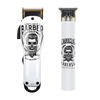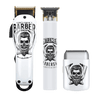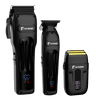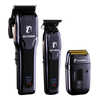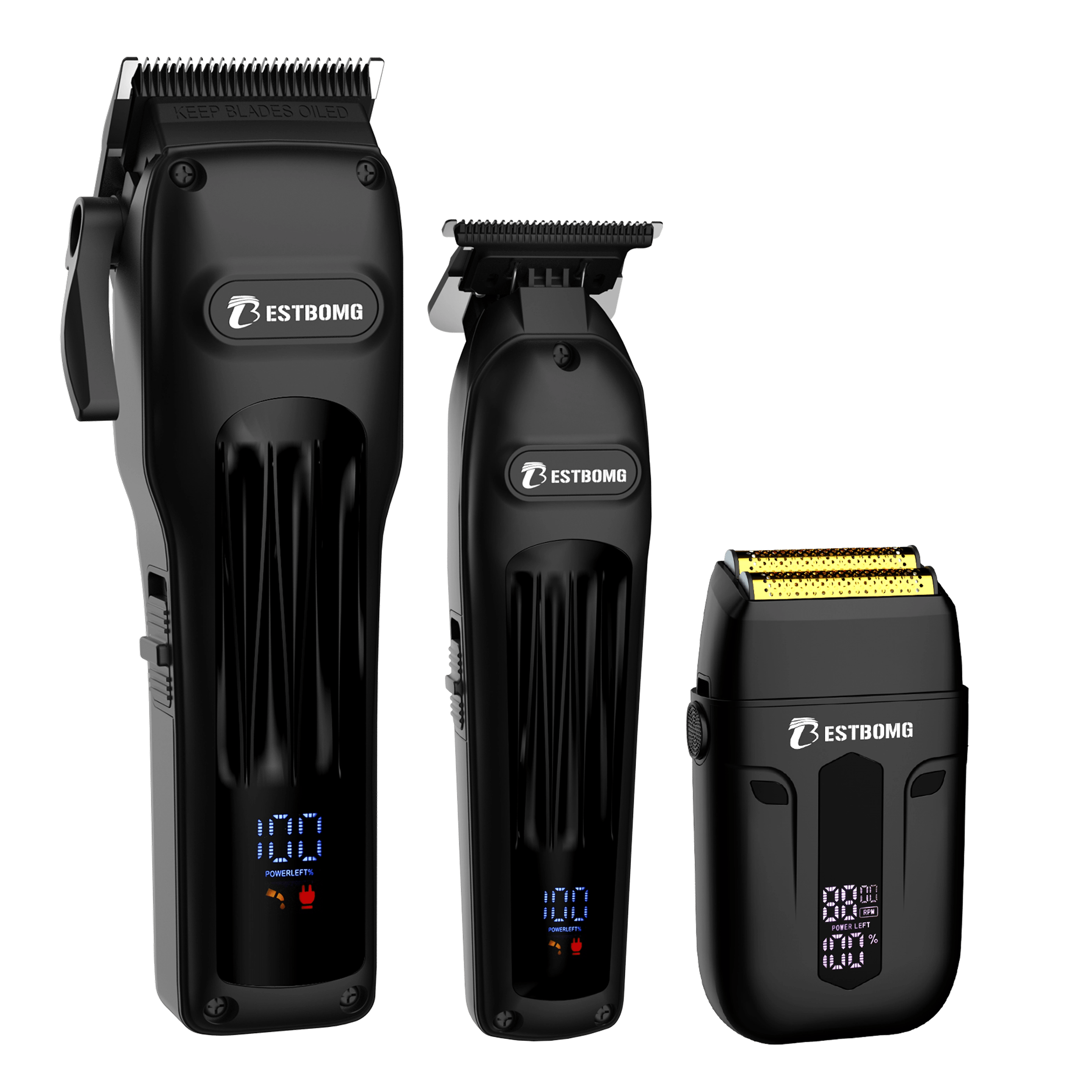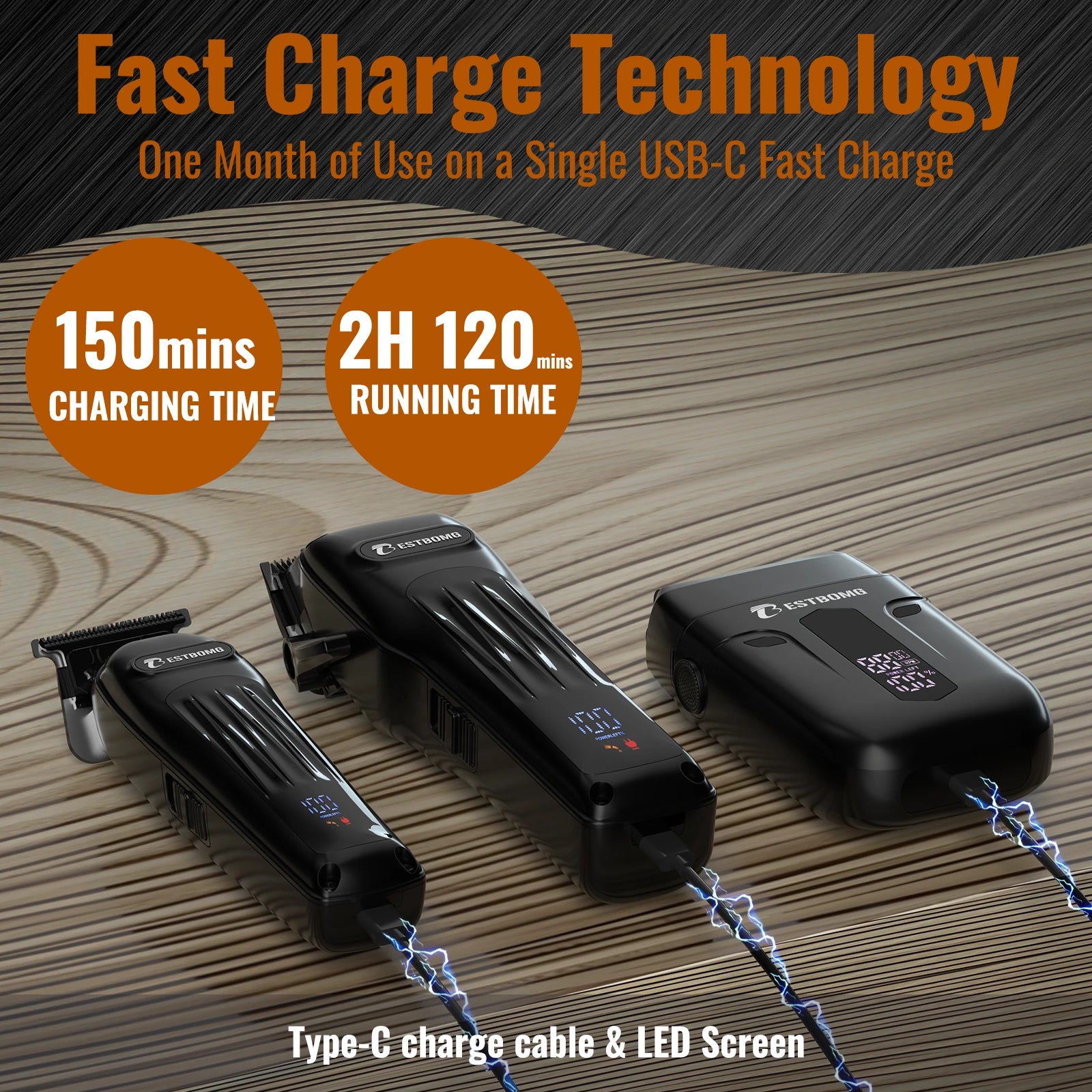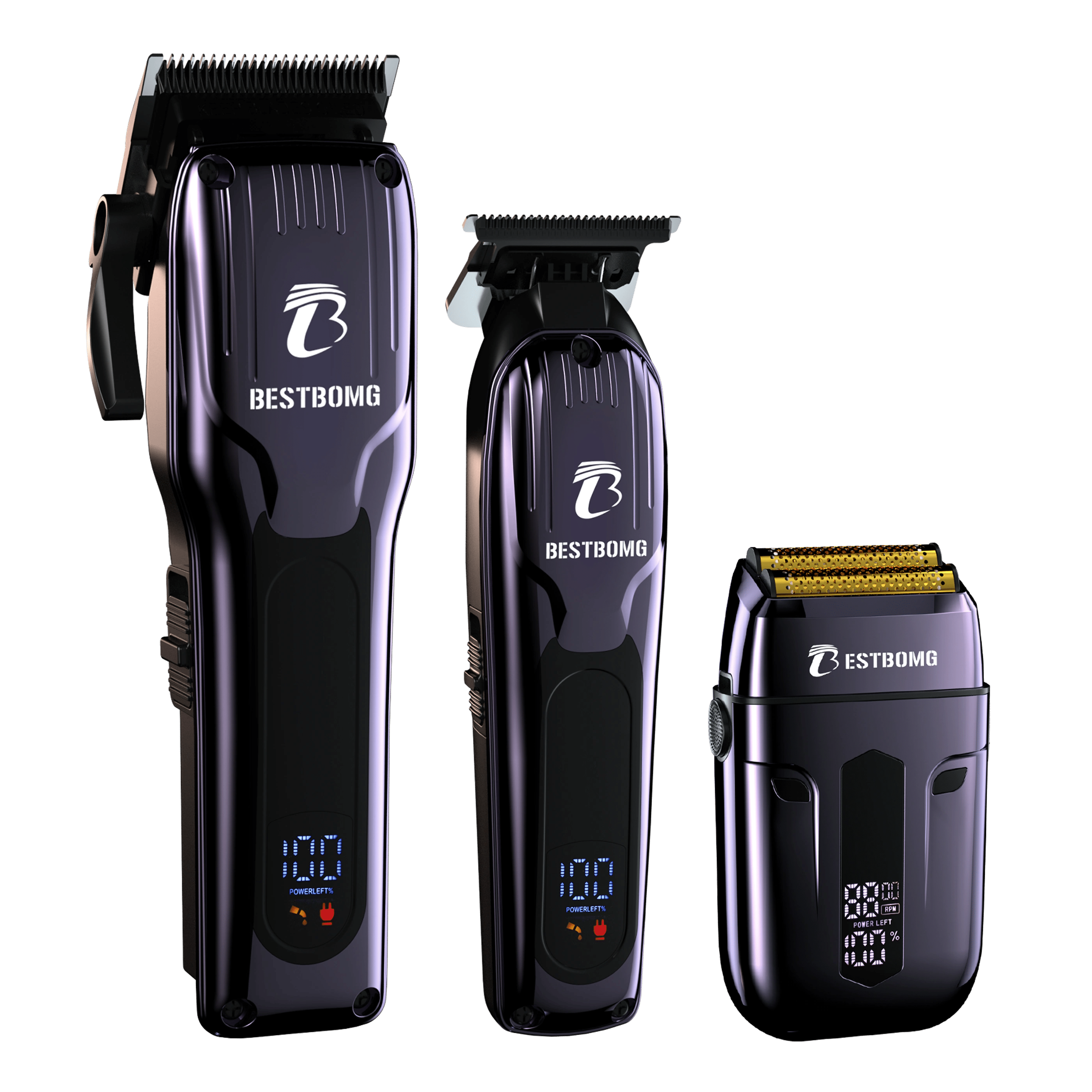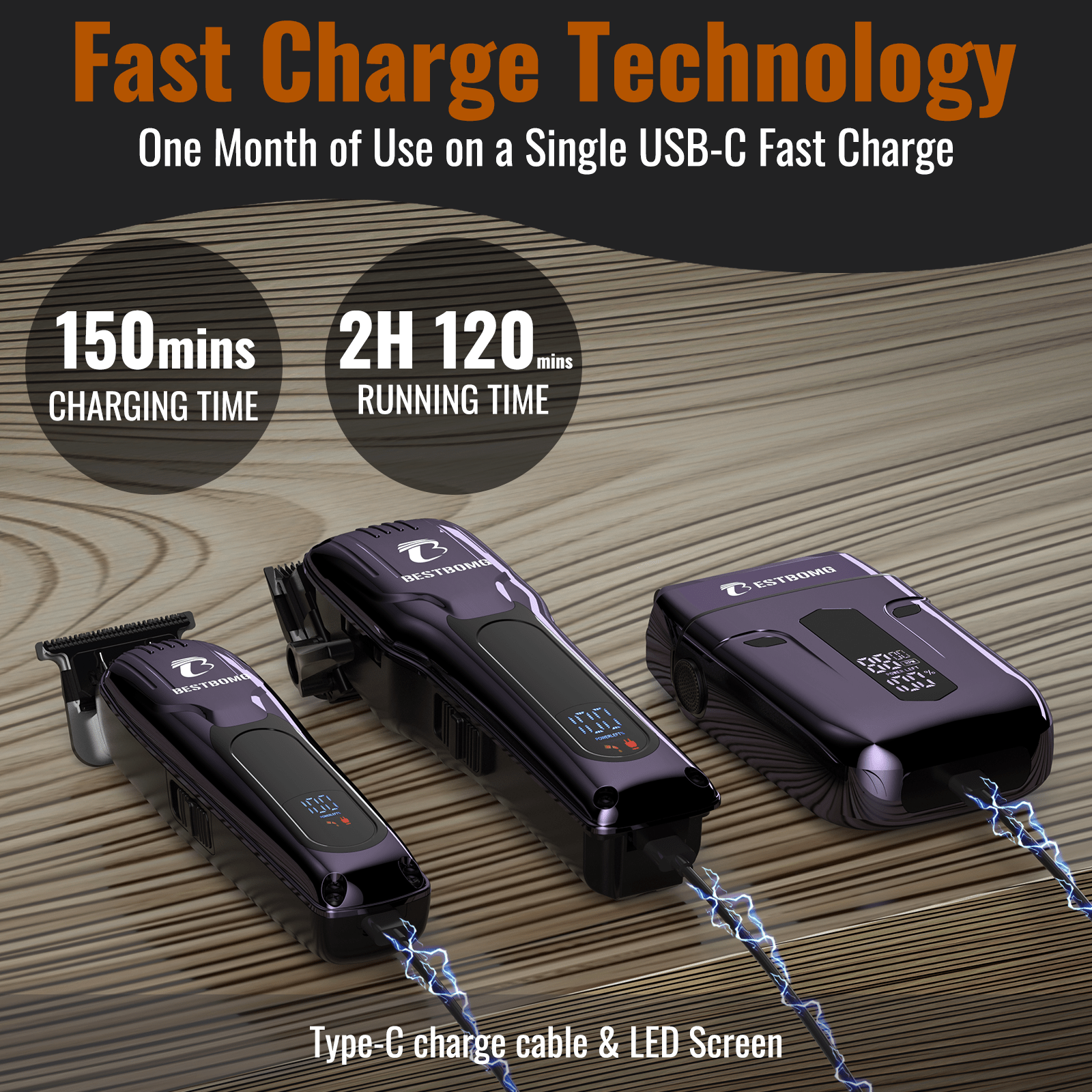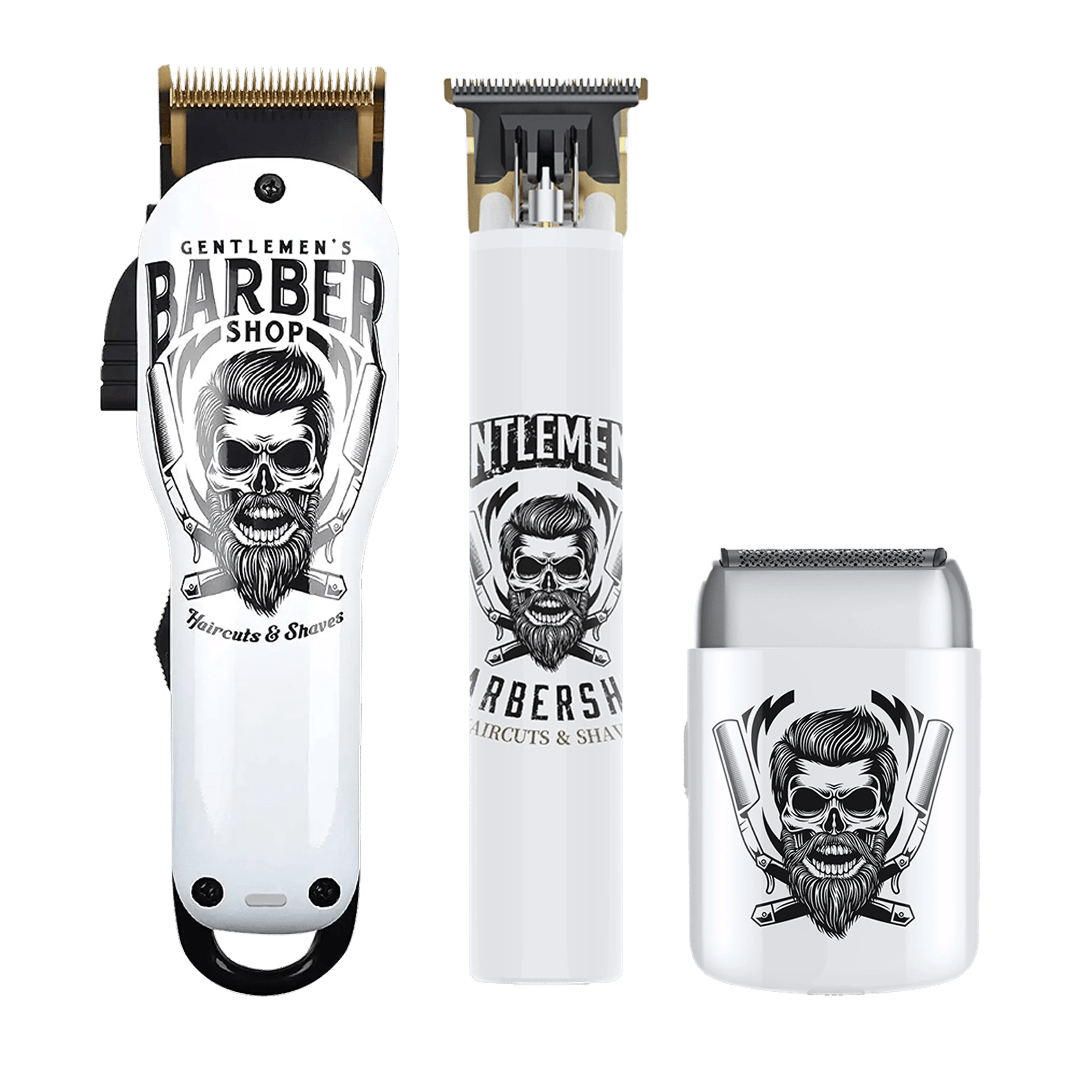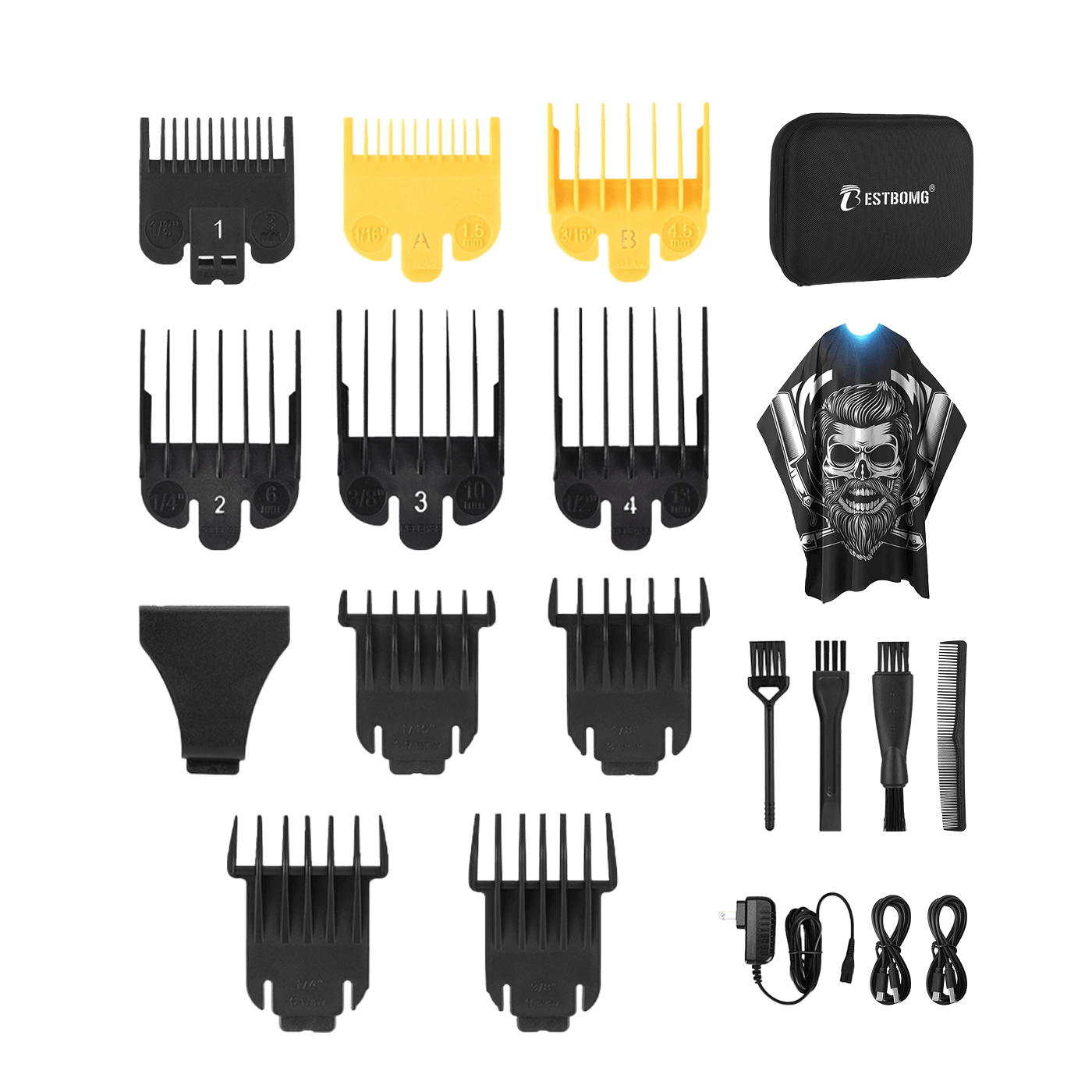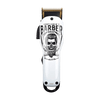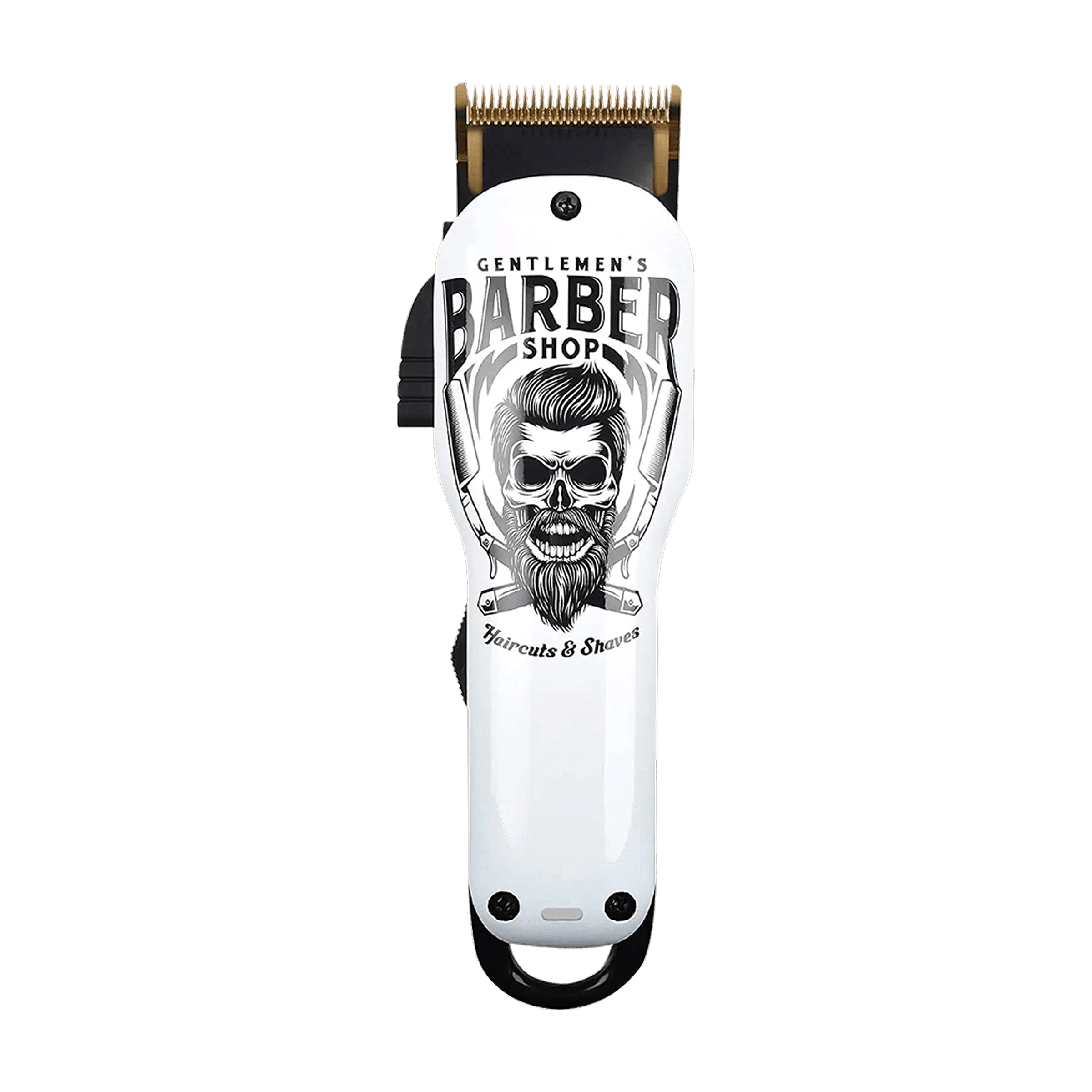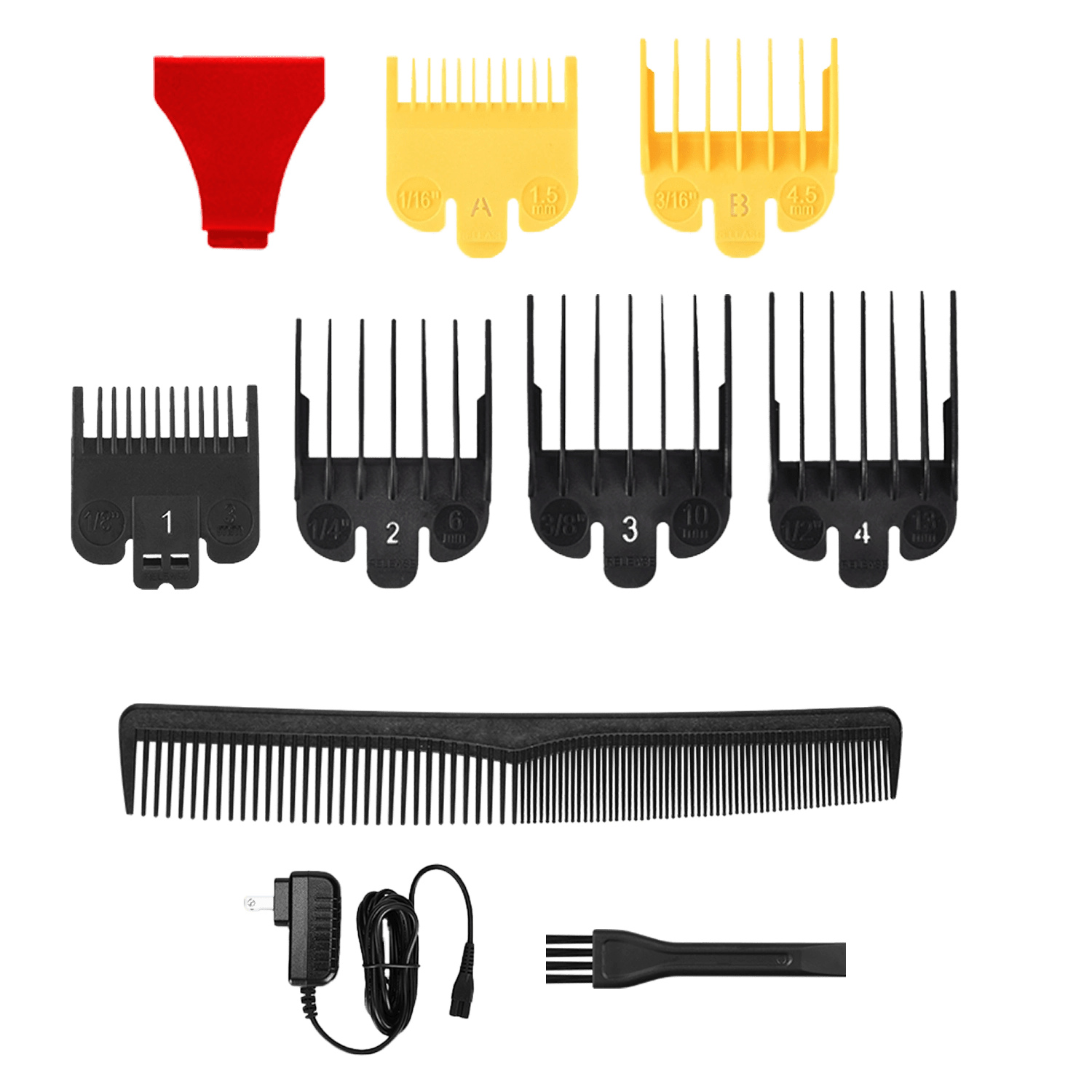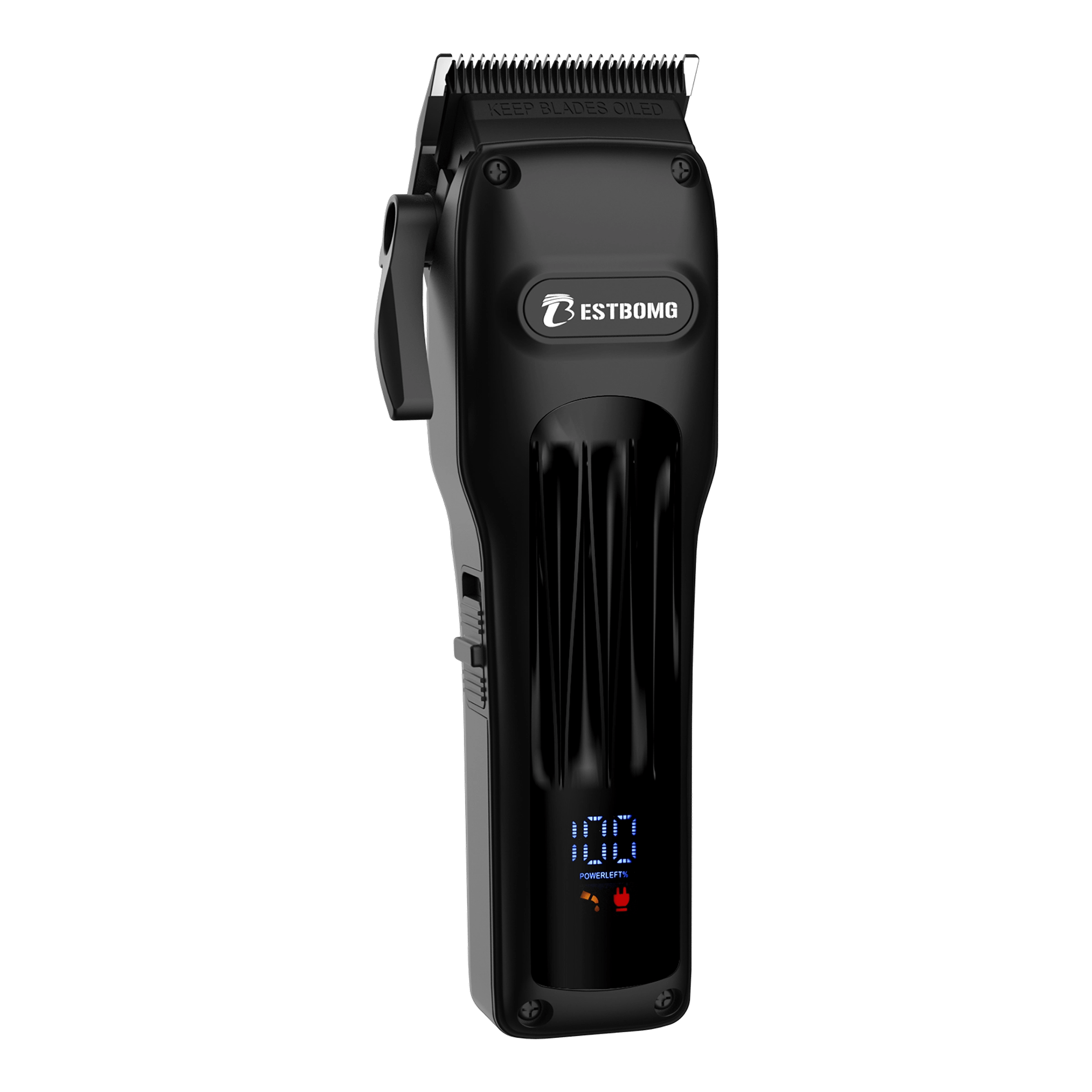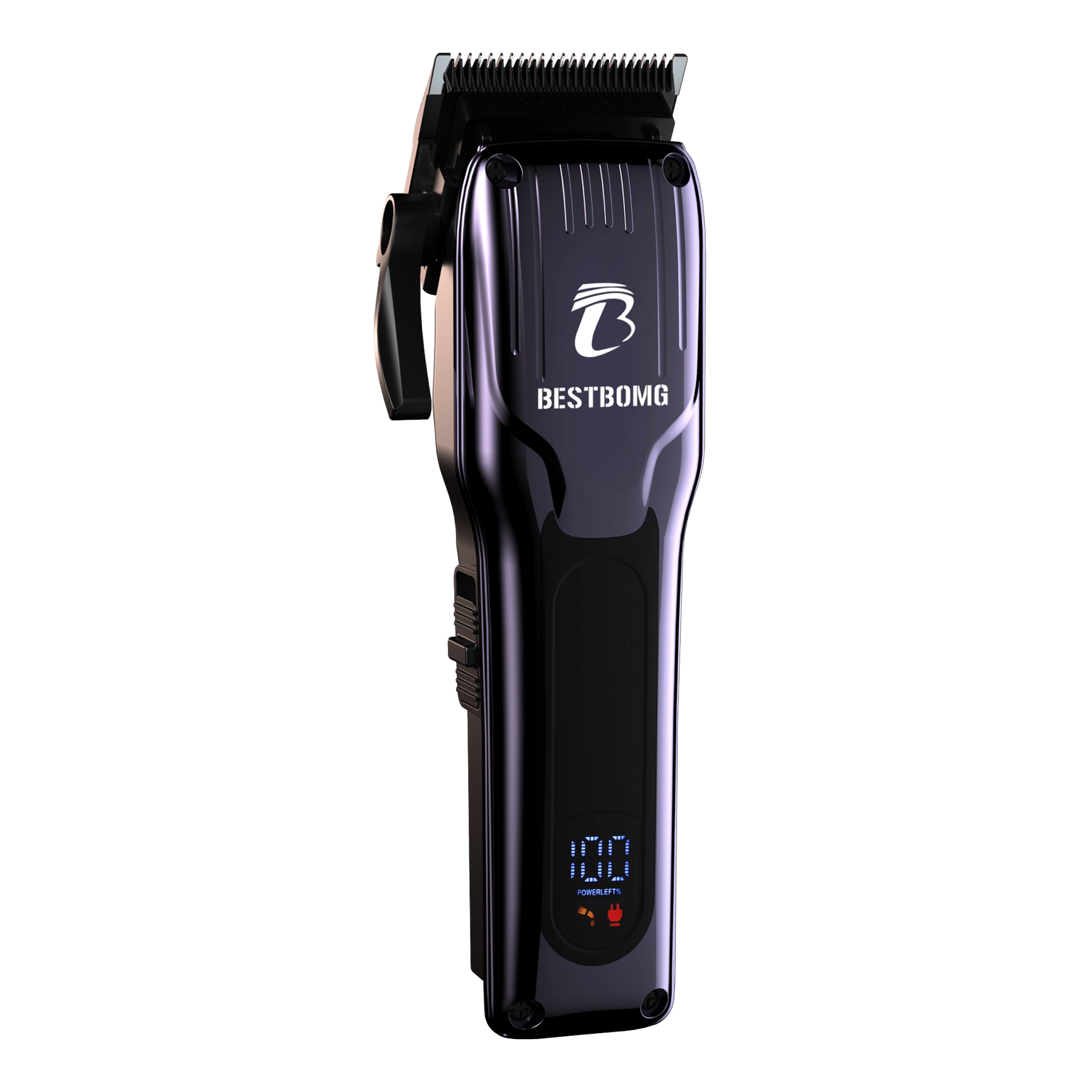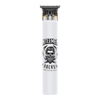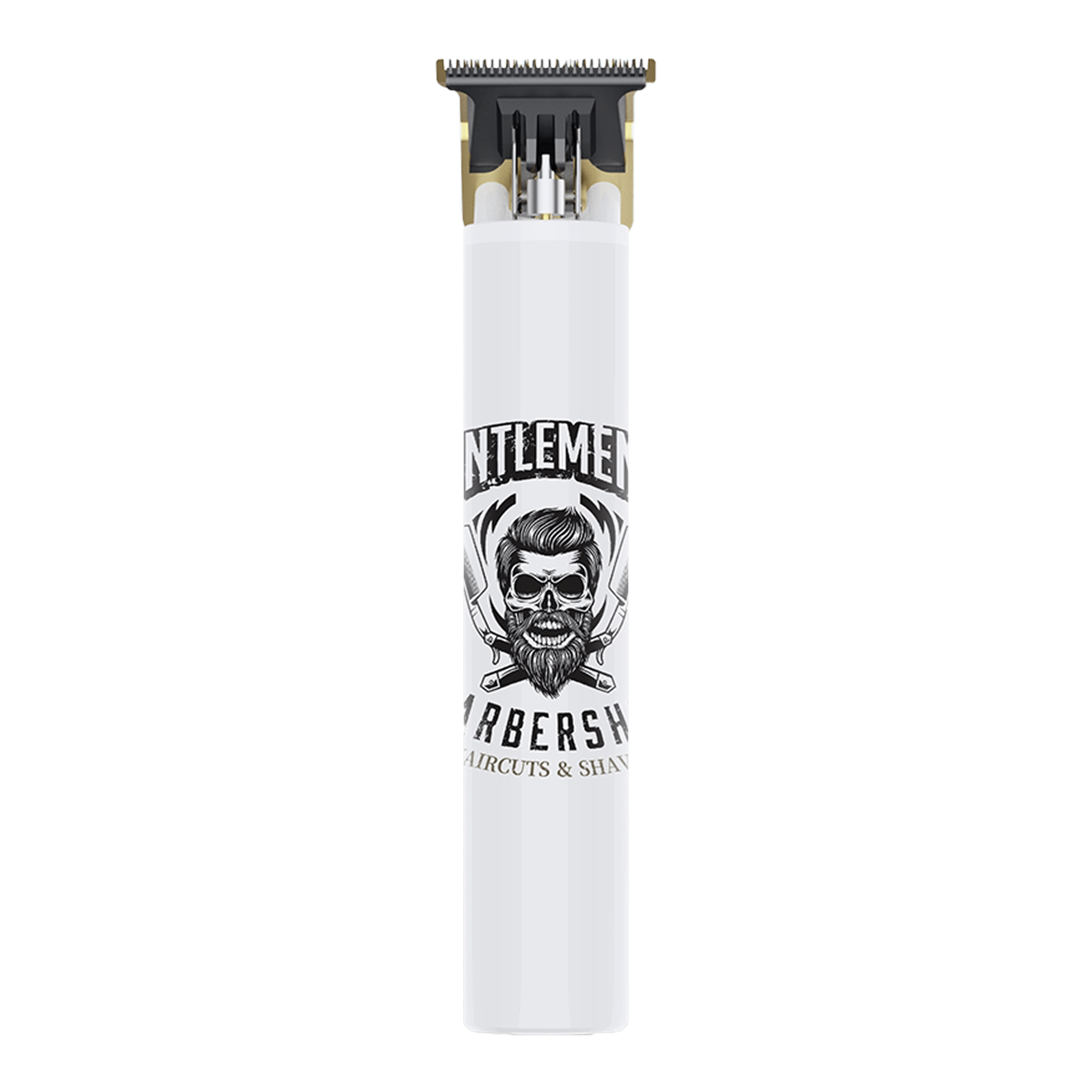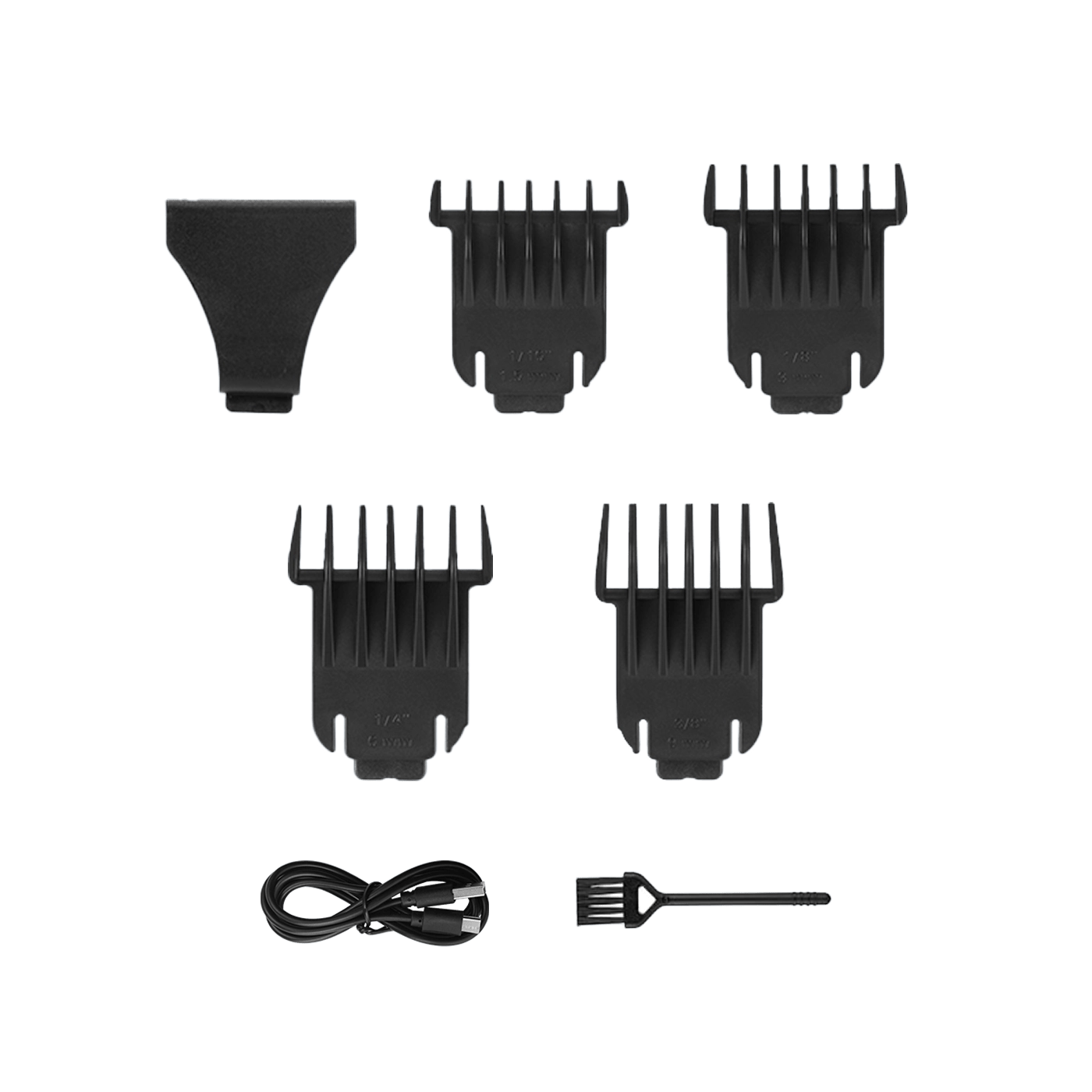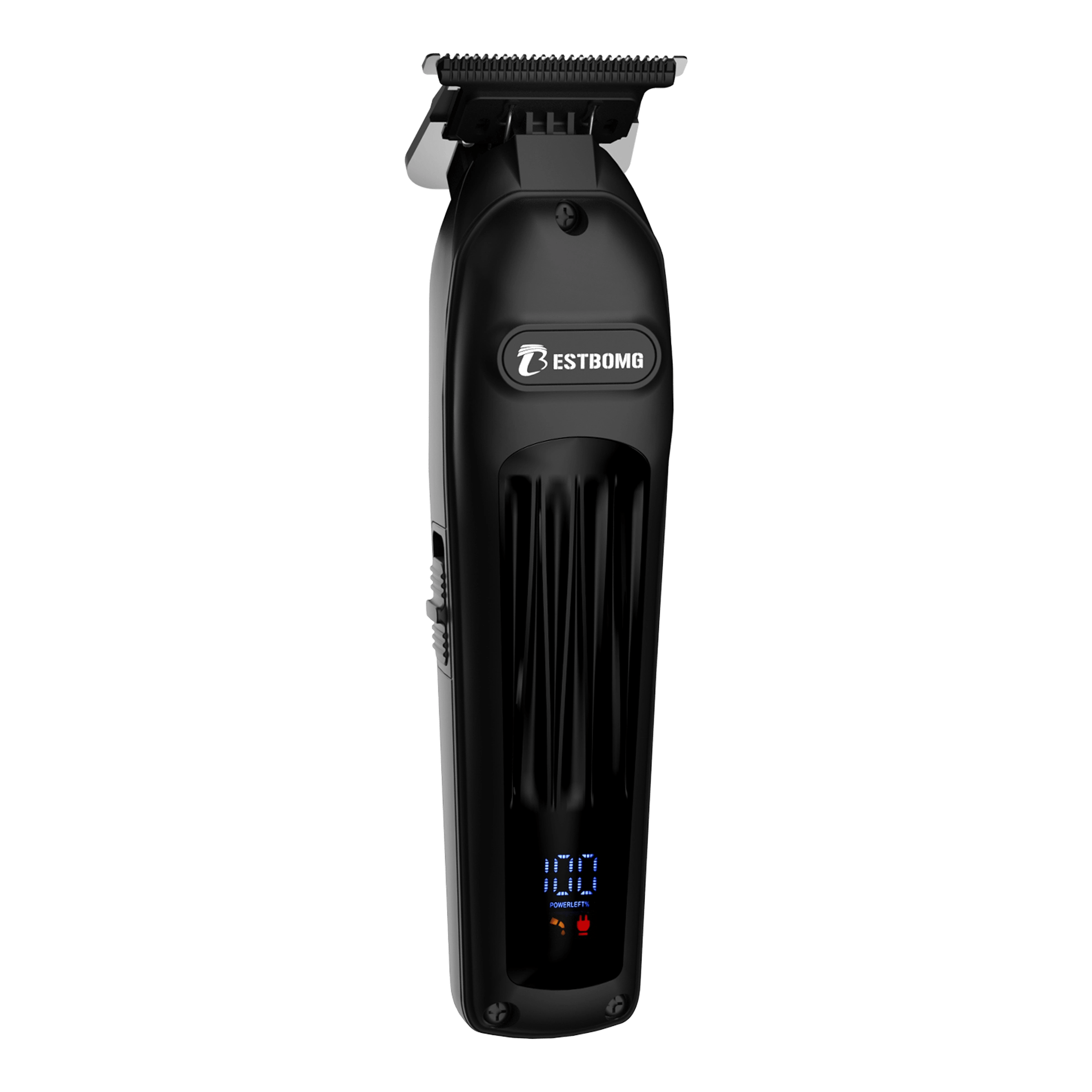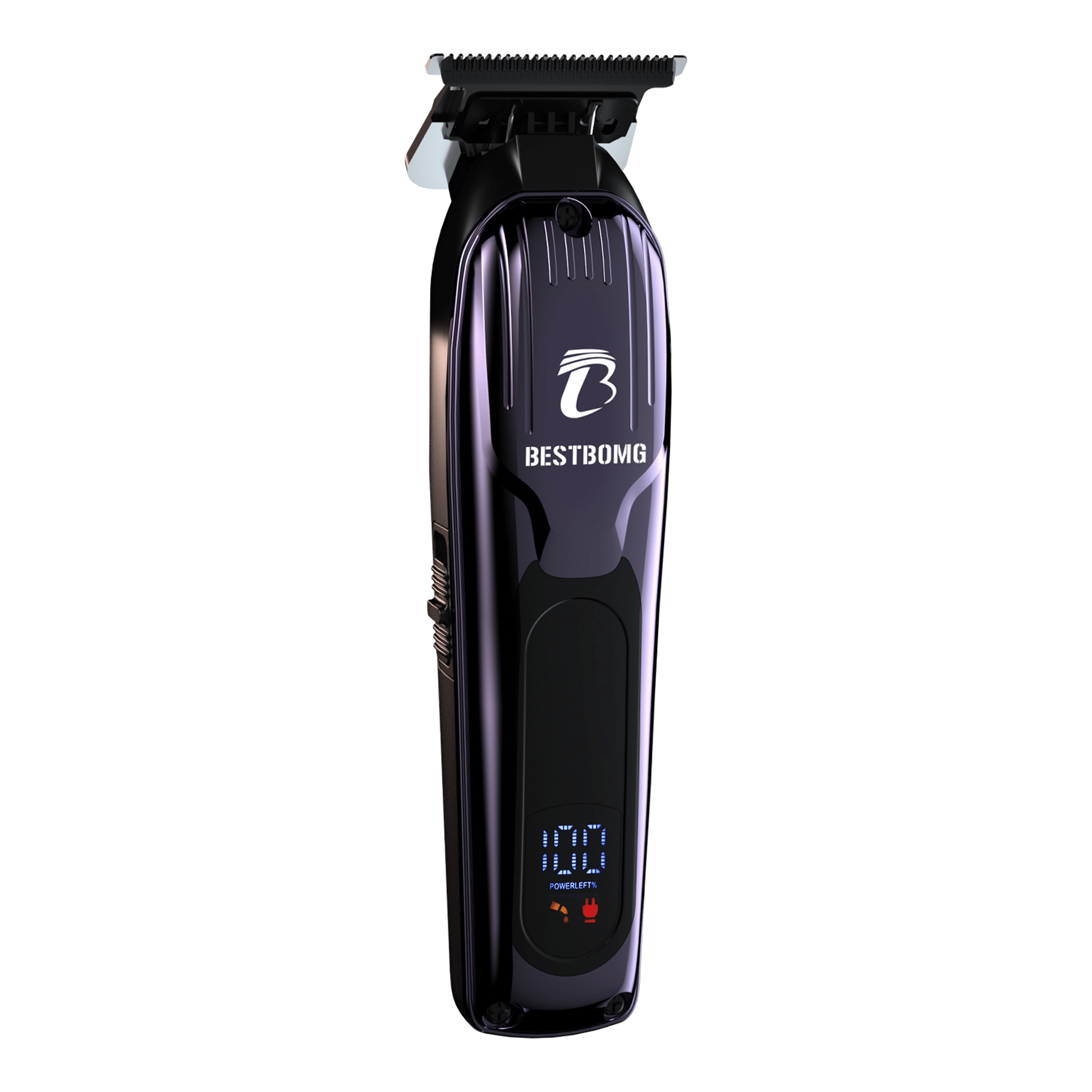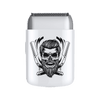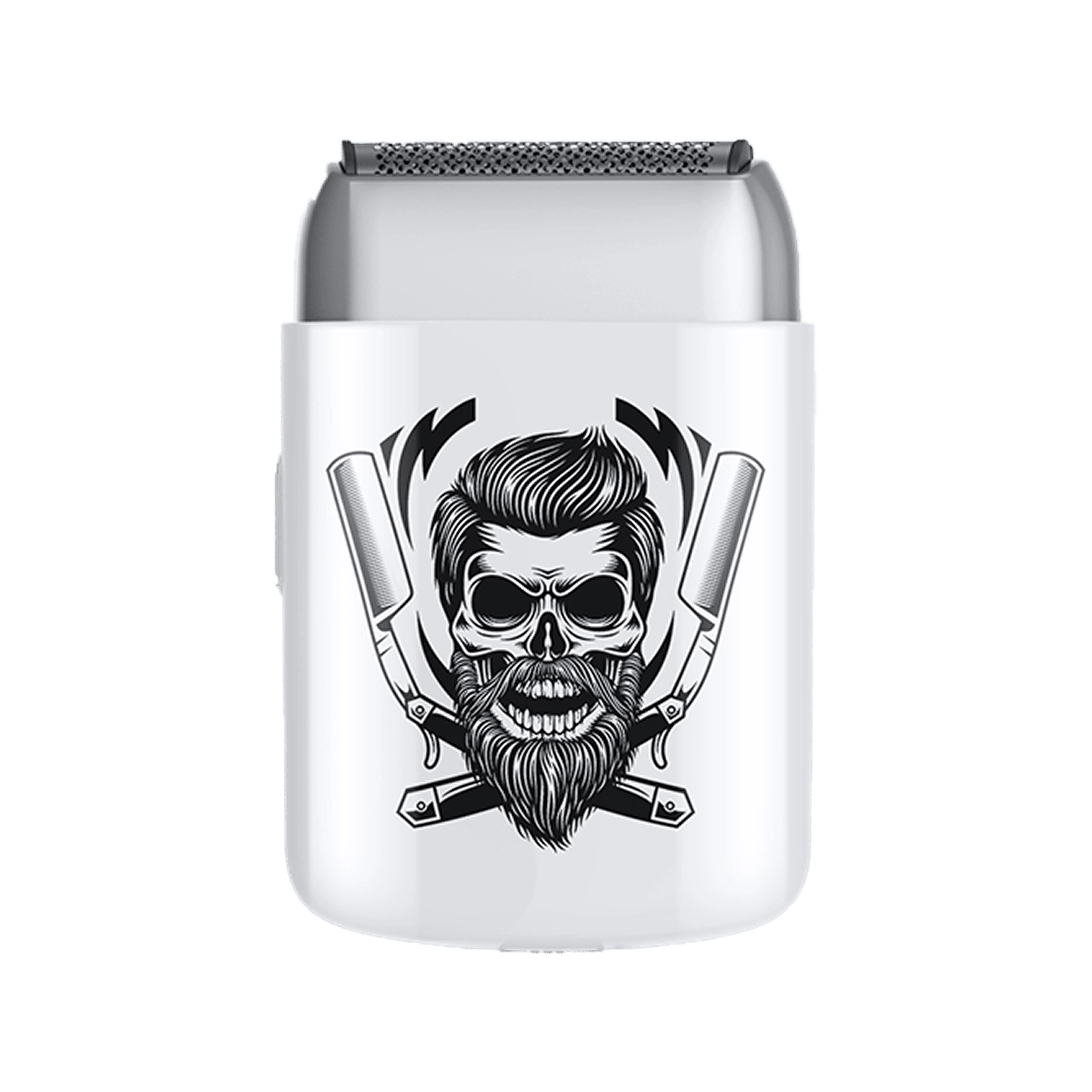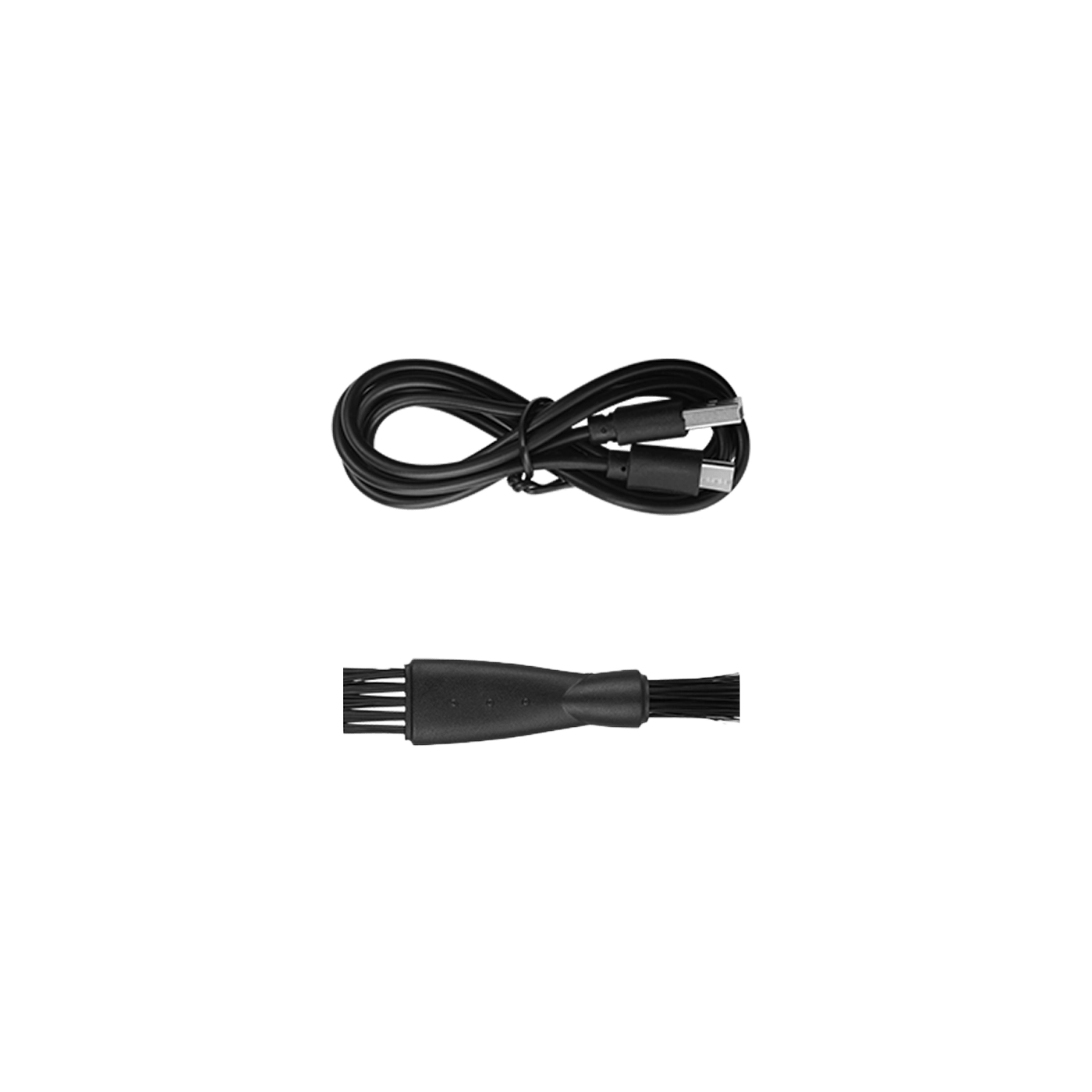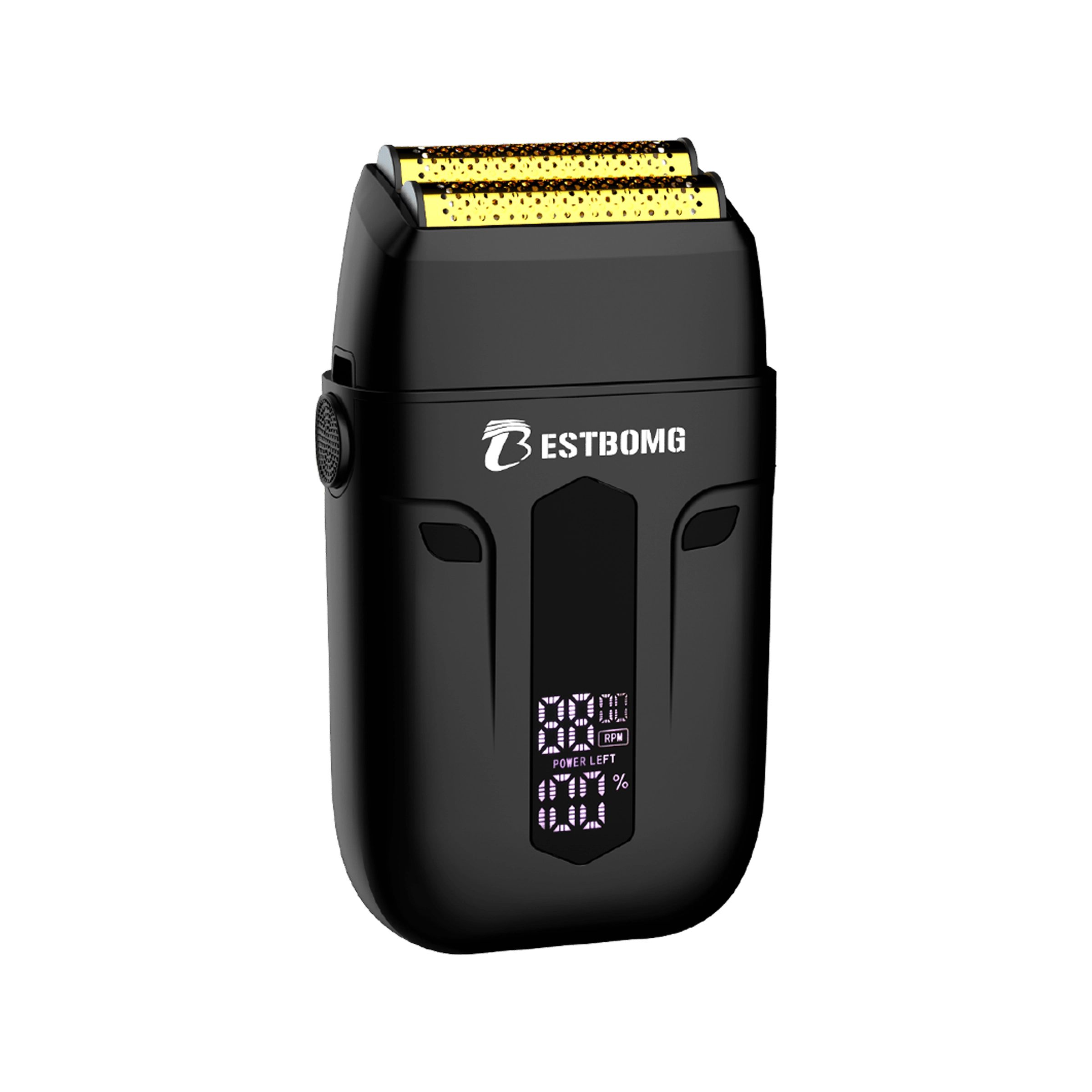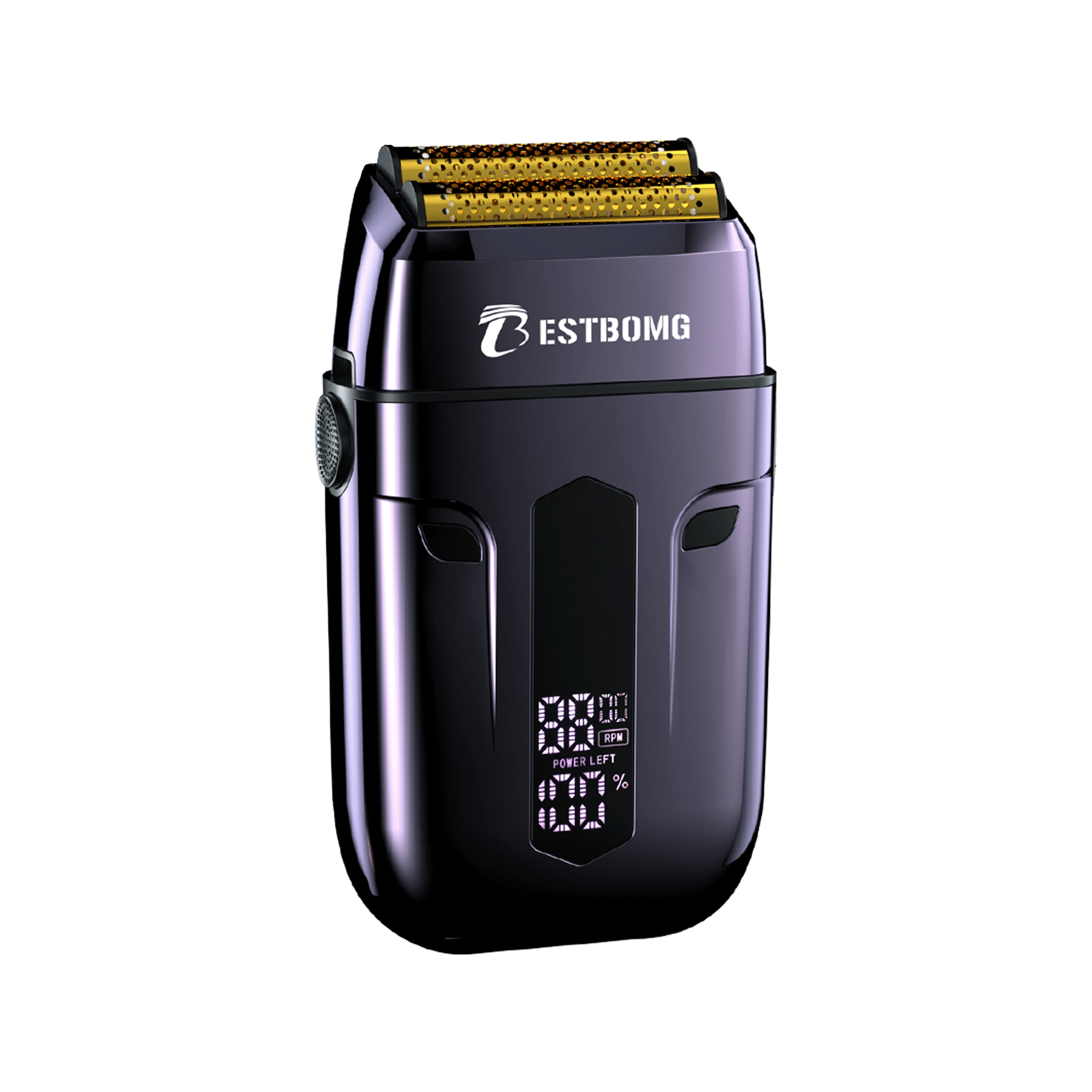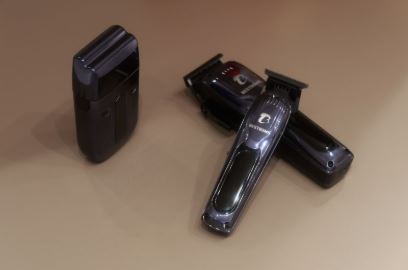First time cutting hair with clippers? You’ve got this. With a simple plan—start longer, work the sides and back first, blend with the taper lever, and keep hair clean and dry—you can get a neat result at home. Major clipper guides from Wahl and Braun teach the same fundamentals, so we’ll follow that approach here.
What you’ll need
- Clippers with a taper lever and guard set (#1–#8 is ideal)
- Comb, sectioning clips, hand mirror (for the back), towel/cape
- Good lighting and a sweepable floor
- Clipper brush and clipper oil
Dry hair wins. Brand manuals and guides advise cutting with clean, dry hair for even feeding and more accurate length. Philips specifically notes wet hair can stick to skin and be missed; they advise clipping when hair is completely dry.
Guard numbers explained (what #1, #2, #3, #4, #5 mean)
Standard guard comb sizes (Wahl chart):
|
Guard |
Inches |
Approx. mm |
|
#½ |
1/16" |
~1.5 mm |
|
#1 |
1/8" |
~3 mm |
|
#2 |
1/4" |
~6 mm |
|
#3 |
3/8" |
~10 mm |
|
#4 |
1/2" |
~13 mm |
|
#5 |
5/8" |
~16 mm |
|
#6 |
3/4" |
~19 mm |
|
#7 |
7/8" |
~22 mm |
|
#8 |
1" |
~25 mm |
Higher number = longer hair left. (Charts vary a hair by brand, but these are the common standards.)
Meet your best friend: the taper lever
The side taper lever lets you micro‑adjust length between guards: lever up = closer, lever down = longer. It’s how you erase hard lines without constantly swapping guards.
Prep in 5 minutes
- Wash & dry hair completely. Comb in the direction it grows. (Philips and Wahl both call for clean, dry hair before clippering.)
- Plan your guards (e.g., #3 on the sides/back, #5 on top). As Wahl puts it: start longer; you can always step down.
- Set up two mirrors (wall + hand mirror) so you can see the back. (Self‑cut tutorials stress this.)
- Drape a towel/cape, clip long sections out of the way, and keep your area bright.
Step‑by‑step: your first home clipper cut
These steps blend Wahl’s and Braun’s beginner instructions—simple, forgiving, and consistent.
Sides & back (build the base)

- Snap on #4 or #3, lever down (longer).
- Work against the grain, starting at the neckline and moving up to just under the head’s “ridge” (the horseshoe around the head). Philips manuals teach trimming against growth for an even cut.
- As you approach the ridge, roll your wrist outward (a small C‑stroke) or slightly tilt the blade to avoid cutting into the top—Braun describes angling the blade to create a clean blend.
Create and blend the transition

- Drop to #3, lever open/half. Make short, upward flicking strokes on the shadow line.
- If needed, tap just below that with #2 open, then return to #3 and close the lever slightly until the line melts.
- Remember: lever up = closer, down = longer; use it like a “micro guard.”
Cut the back of the head

-
Use your hand mirror to track the neckline and occipital area; work in small sections so you never “blind cut.” Practical self‑cut guides recommend moving slow and checking often.
Top (pick a longer guard)

- For a classic short‑back‑and‑sides, go one or two guards longer on top (e.g., #5–#6). Wahl and Braun beginner cuts commonly start top lengths around #5/#6 for safe results.
- Comb hair forward, then run the clipper front‑to‑back; cross‑check side‑to‑side for any heavy spots.
Clipper‑over‑comb (optional): For more shape, lift vertical sections with a comb and skim along the comb’s teeth using light, short passes.
Edge & detail (make it look pro)
- Remove the guard and put the lever up (closest) for touch‑ups.
- Clean the sideburn bottoms, around ears, and neckline with short tapping strokes. Wahl calls a handy move the “inverted clipper technique”—flip the clipper so the top faces your head for more agility.
Cross‑check & polish

- Brush away clippings, comb hair in its natural direction, and spot‑check under brighter light.
- If you see dark patches or shelves, step up one guard and make light, scooping passes; then use the lever to “erase” the last 10%.
Clean, oil, and store

-
Brush hair from the blade. Braun’s maintenance step is simple: brush, disinfect (if desired), and apply a thin film of oil. This takes seconds and dramatically extends blade life and smoothness.
Beginner “recipes” you can copy
These combinations mirror what brand how‑tos teach: start longer, reduce gradually, and blend with the lever.
The easy buzz (fastest)
- One guard all over (popular: #3).
- First pass with the grain, light second pass against to even out.
Short‑back‑and‑sides (classic)
- Sides/back: #3 (lever down) up to the ridge.
- Blend: #2 (lever open) on the band below; then return to #3 and close lever in tiny flicks to erase the line.
- Top: #5–#6 or clipper‑over‑comb.
- Edge: no guard, lever up, gentle taps for sideburns/ears/neckline.
Low taper (beginner fade feel)
- Nape: #1 in the lowest ½–1 inch.
- Mid band: #2, overlapping above.
- Upper band: #3 into the ridge.
- Use the lever to blur any steps.
Cutting your own hair (men): practical tips
- Two mirrors are essential; move slowly and re‑check after every few passes.
- Anchor your elbows lightly against your ribs for steadier strokes.
- Start longer on the first pass—then step down. Wahl emphasizes this for first‑timers.
- Don’t chase perfection in one pass; short, overlapping passes win.
Wet vs. dry: Should I cut my hair wet or dry with clippers?

Dry, almost always. Brand guidance repeatedly says to cut with clean, dry hair—wet hair can stick to skin, feed unevenly, and trick you on length. Philips advises clipping when hair is completely dry. Wahl’s how‑to starts with clean, dry hair as well.
Safety note: Manuals also say don’t use clippers in the shower and don’t submerge the device. If your model has rinseable blades, remove the blade to rinse—keep the body dry.
Common beginner mistakes (and quick fixes)
- Starting too short → Go up a guard and re‑blend. Start longer next time.
- Pressing too hard → Let the motor work; use light, steady passes.
- Skipping the lever → The taper lever erases lines between guard steps; use half‑open/half‑closed micro‑adjustments.
- Cutting wet → Switch to dry hair for cleaner feeding and accurate length.
- No maintenance → Brush out hair and oil after every cut—it’s a few drops that keep the blade cool and smooth.
Quick maintenance routine (under 2 minutes)
- Brush clippings from the blade and inside the guard.
- Optional: disinfect metal blades (per product label).
- Oil: add a few drops across the teeth and on each “heel/rail,” run the clipper 5–10 seconds, wipe excess. (This is the standard brand‑taught approach.)
Choosing your first clipper (simple checklist)
- Motor & runtime: enough power to glide without tugging; long battery helps if you’re learning.
- Full guard set: #1–#8 for flexibility.
- Taper lever: fast, tool‑free blending. (Wahl explains the lever shortens length up and lengthens down.)
- Easy‑clean blade: removable head is handy.
Bonus: 10‑minute refresher routine between full cuts
- Around ears/neckline: no guard, lever up, inverted clipper technique (flip the clipper) for tight detailing.
- Bulk touch‑up: quick pass with your usual sides/back guard to re‑set shape.
- Clean & oil for a cool, quiet blade next time.
Final take
Learning how to cut hair with clippers for beginners is about habits, not heroics:
- Start longer, step down.
- Blend with the lever.
- Cut dry, then clean & oil.
Follow the sequence above and you’ll get consistent, tidy results—without the barbershop bill.
Frequently Asked Questions
How to use hair clippers for beginners?
Start with clean, dry hair. Begin on the sides/back with a longer guard (e.g., #4 or #3), work against growth up to the ridge, then blend the transition by stepping down a guard and using the taper lever (half‑open/closed). Cut the top longer (#5–#6), then edge with the lever up. Finish by cleaning and oiling.
What do 1, 2, 3, 4, 5 mean in haircuts?
They’re guard numbers—the higher the number, the longer the hair left behind. Standard sizes: #1 ≈ 1/8" (~3 mm), #2 ≈ 1/4" (~6 mm), #3 ≈ 3/8" (~10 mm), #4 ≈ 1/2" (~13 mm), #5 ≈ 5/8" (~16 mm), up to #8 ≈ 1" (~25 mm).
How do I cut my hair myself with clippers?
Use two mirrors, plan your guards (#3 sides/back, #5 top is a safe start), go slow, and check often. Self‑cut tutorials also suggest anchoring your arms for steadier strokes.
Should I cut my hair wet or dry with clippers?
Dry. Philips: wet hair sticks to skin and can be missed, so clip when hair is completely dry. Wahl begins its how‑to with clean, dry hair.
What guard should I start with?
Start longer than you think (e.g., #5–#6 top, #3–#4 sides/back) and step down. Braun and Wahl beginner guides use similar ranges to keep first cuts safe and adjustable.
En lire plus
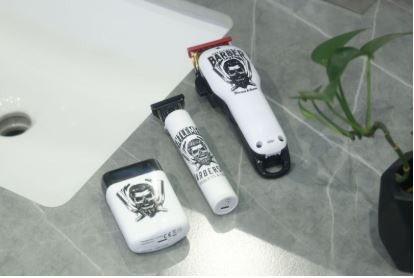
How Do You Sharpen Hair Clippers? Step-by-Step Guide
If your clippers are tugging, leaving stragglers, or running hot, it’s time for a tune‑up. The good news: most “dull” clippers don’t need replacing—they need cleaning, alignment, oiling, and occasi...
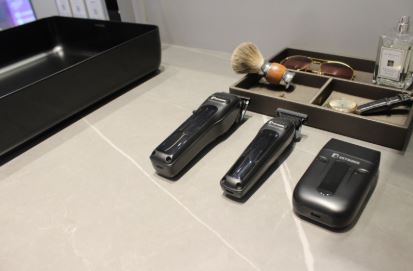
How to Cut Your Own Hair with Male Clippers: Easy At-Home Guide
If you’ve searched “how to cut your own hair male clippers” and feel a little nervous—totally normal. The trick is a simple system: start longer, work sides and back first, blend with the taper lev...
